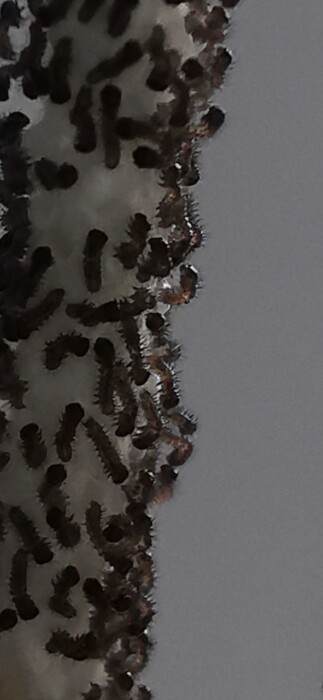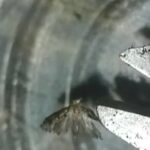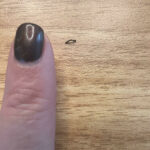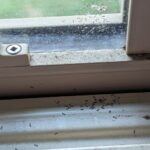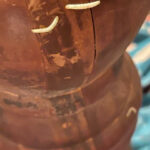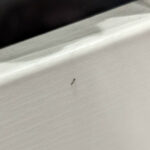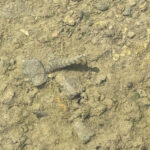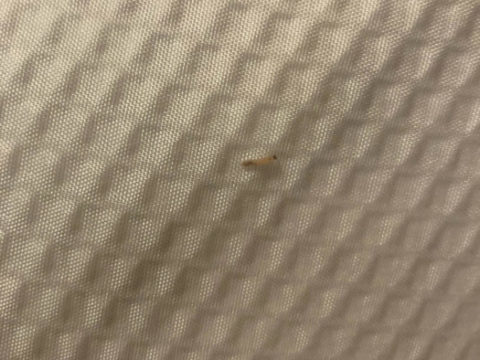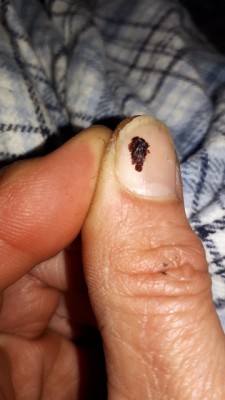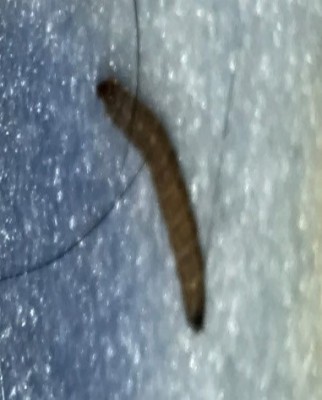
“We just discovered this cluster on the wall toward the ceiling”, writes Hillary in her submission regarding the multitude of gray worm-like creatures pictured below. “Google tells me they might be Army Worms. Do you agree? If so, how do we get rid of them? We live in Maryland, if that’s helpful for the region. Thank you!” Right off the bat, we have to commend Hillary for her sleuthing: these are most likely armyworms. They could also be American ermine moth larvae – another species of moth that lays their eggs in such clusters. Though, if these were American ermine moth larvae, Hillary would have likely also spotted a cluster of translucent eggs next to the larvae, so for that reason, we would agree that these are armyworms.
Armyworms are quite infamous creatures, but not because they are dangerous to humans or pets like parasites, or because they ravage people’s homes and destroy their items like carpet beetle larvae, but because of the negative impact they have on agriculture. When a farmer finds armyworms on their property, they know they are in for a whole lot of trouble. There are multiple reasons for this: Firstly, caterpillars have insatiable appetites, and this is because they need to eat as much as they can to store up energy for pupation: the process by which caterpillars transform into butterflies or moths (in the case of the armyworm, that would be a moth). Secondly, armyworms will eat just about any crop or plant, so it does not really matter what the farmer is growing, the armyworm will want some. Lastly, armyworms travel in big groups, hence the name. In fact, large groups of caterpillars are actually called armies!
So, with all of that said, Hillary might be wondering why they invaded her home in the first place. Well, despite the fact that armyworms are not picky, they typically do not infest people’s homes for the purpose of eating their houseplants. Why would they? There is so much else to be eaten outside. Typically, the reason people find these clusters in their home is simply because the mother moth laid her eggs here to ensure that they would hatch in a stable and safe environment. Alternatively, the mother moth could have just gotten trapped in the home and laid her eggs for that reason. So, to answer Hillary’s second question, all she needs to do get rid of these larvae is move them outside. Luckily, she caught them newly-hatched, so they have not had time to spread out in her home. We recommend that she gently scoop them onto a dustpan and take them outside, just a bit a ways from her home (so they do not accidentally wander back in). Of course, if she has a garden, she will want to take them further away from her property.
To conclude, the cluster of larvae our reader found are definitely armyworms. They are nothing to be feared unless one is a farmer or gardener. We hope Hillary finds this article informative and helpful, and we wish her the very best!
All About Worms is always free, always reader-supported. Your tips via CashApp, Venmo, or Paypal are appreciated! Receipts will come from ISIPP Publishing.
You might also find these guys interesting!

